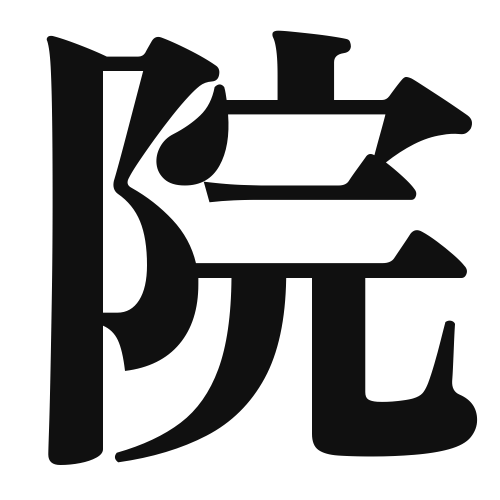1. Overview of Meaning
The kanji “院” (in) generally means “institution” or “courtyard.” It is often used to refer to places like hospitals, schools, or other organizations that have a formal structure.
2. Origin and Radicals
Formation of the Kanji: The kanji “院” is a compound character, which means it is formed by combining different elements. It consists of the radical “阜” (which represents a mound or hill) and the character “院” itself, which historically relates to a place or building.
Radical: The radical of “院” is “阜,” which is associated with elevated places or structures.
3. Examples of Usage
Common Words and Phrases: Some frequently used words that include “院” are:
- 病院 (byouin) – hospital
- 学院 (gakuin) – academy
- 寺院 (jiin) – temple
Example Sentences in Daily Conversation:
- 私は病院に行かなければなりません。 (Watashi wa byouin ni ikanakereba narimasen.) – I have to go to the hospital.
- 彼は新しい学院で勉強しています。 (Kare wa atarashii gakuin de benkyou shiteimasu.) – He is studying at a new academy.
4. Synonyms and Antonyms
Similar Kanji: A similar kanji is “所” (sho), which means “place.” However, “所” is more general and does not imply the formal structure that “院” does.
Antonyms: An antonym could be “外” (soto), meaning “outside,” which contrasts with the enclosed or institutional nature of “院.”
5. Cultural and Historical Background
Relation to Japanese Culture: The concept of “院” is significant in Japanese culture, as many traditional institutions, such as temples and schools, are referred to with this kanji. It reflects the importance of structured environments in Japanese society.
Proverbs and Idioms: While there may not be specific proverbs that directly use “院,” the term is often found in discussions about education and healthcare, highlighting its relevance in everyday life.
